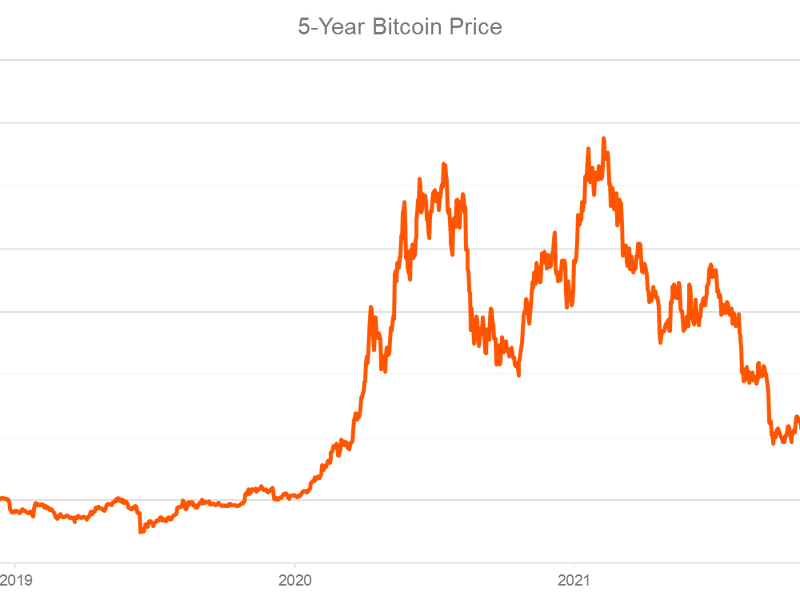Investors Fear Volatility and Risk, Particularly With Crypto. Here’s Why They Shouldn’t.

Deciding to invest in the fast-paced, ever-evolving digital assets market can seem daunting. In the past, people were often hesitant to invest in digital assets – namely cryptocurrency – because of their inherent volatility and associated risk. But the tides are changing, particularly as the global cryptocurrency market has grown into a flourishing, multi-sector ecosystem since bitcoin’s (BTC) 2009 debut.

Below, I break down – and debunk – some common misconceptions about the potential risks that investors assume while gaining exposure to the digital assets ecosystem.
Volatility is always a bad thing (FALSE)
The term “volatility” often comes with a negative connotation, but that’s not always the case. Investors can experience swings up or down; it’s important to remember that there is upside potential, too.
For example, bitcoin has been called the best-performing asset of the decade, yet its price heavily depends on a number of factors, including supply and demand, investor sentiment and the media hype cycle. Even the most-prominent and well-capitalized cryptocurrency experiences fluctuations, resulting in positive returns and, at times, losses.
When an investment portfolio is constructed in a professional manner, volatility has the potential to be a portfolio enhancement rather than a disadvantage. That’s because advisers have the expertise to help by setting frequent rebalances and buying and selling orders at certain thresholds. We’ve seen this play out time and time again as the adoption curve for digital assets has ramped up over the years.
Digital assets always carry too much risk (FALSE)
Investors should aim for a balanced portfolio, meaning one that isn’t dominated by a certain asset class (whether digital assets or otherwise). Diversification is key. Adding alternatives to a portfolio can not only help avoid concentration risk but also hedge against inflationary environments.
Around a 2% allocation to digital assets is often standard in an investment portfolio. To some, that may seem like an insignificant percentage. But in practice, that often means the downside risk is minimized and the potential upside is tremendous; even a 2% bitcoin allocation in a standard portfolio over the last five years would have driven a significant share of the portfolio’s growth.
An allocation that small – regardless of how powerful it can be – shouldn’t take up the vast majority of an investor’s time or energy. Instead, financial advisers can help ensure portfolio construction is purposeful, rather than ad hoc. Advisers take on the management burden by keeping track of market conditions and recommending a rebalance schedule that works for the individual investor and their specific financial goals.
Digital assets will never become a mainstream investment (FALSE)
Some risk-averse investors likely have exposure to the digital assets industry without realizing it. That includes established, highly trusted brands that are historically slower to embrace disruptive technologies. For instance, global payments giant Visa recently announced an expansion of its stablecoin settlement capabilities, becoming one of the first major payment institutions to do so.
Although the industry is still in its infancy, the possible use cases are vast. And the investment opportunity is exciting – despite (and, in some instances, because of) volatility and risk.








